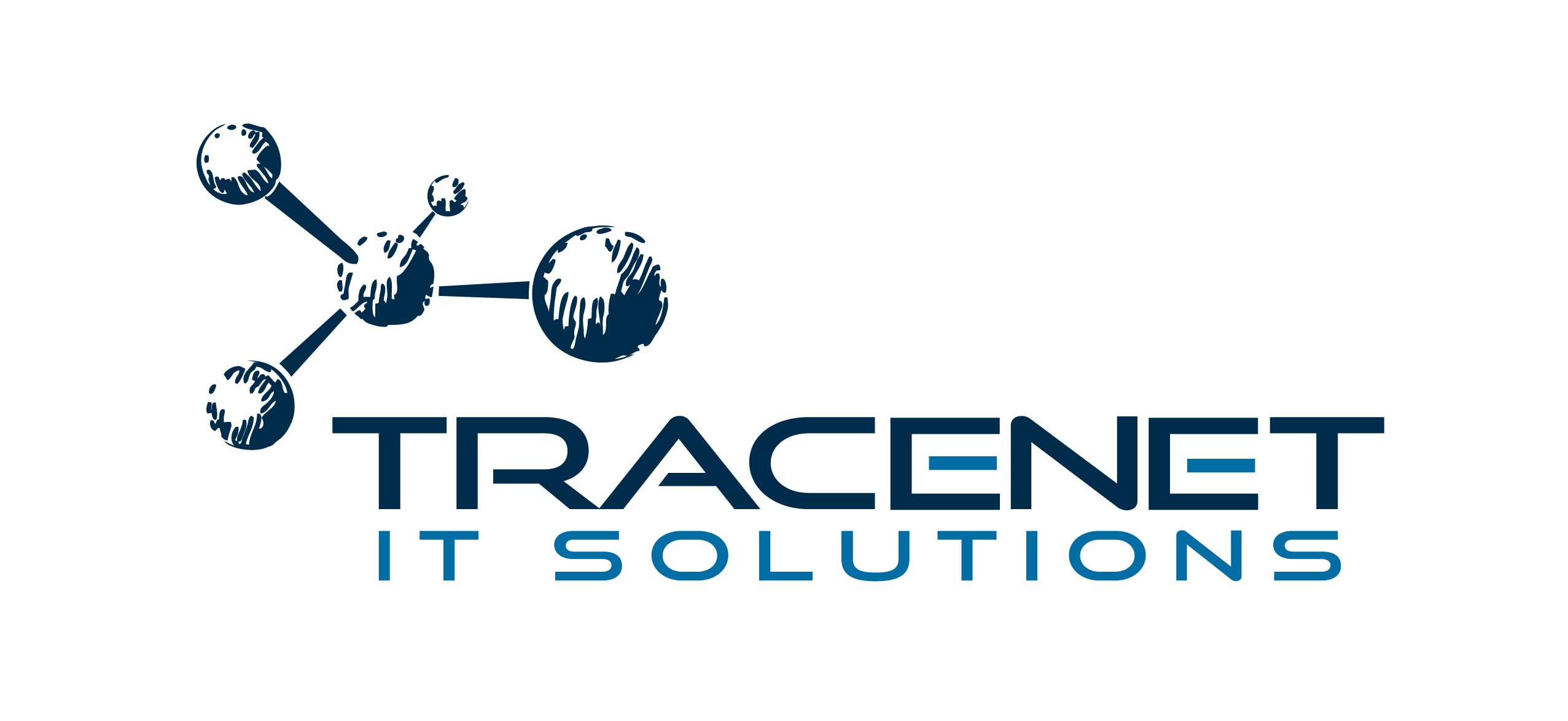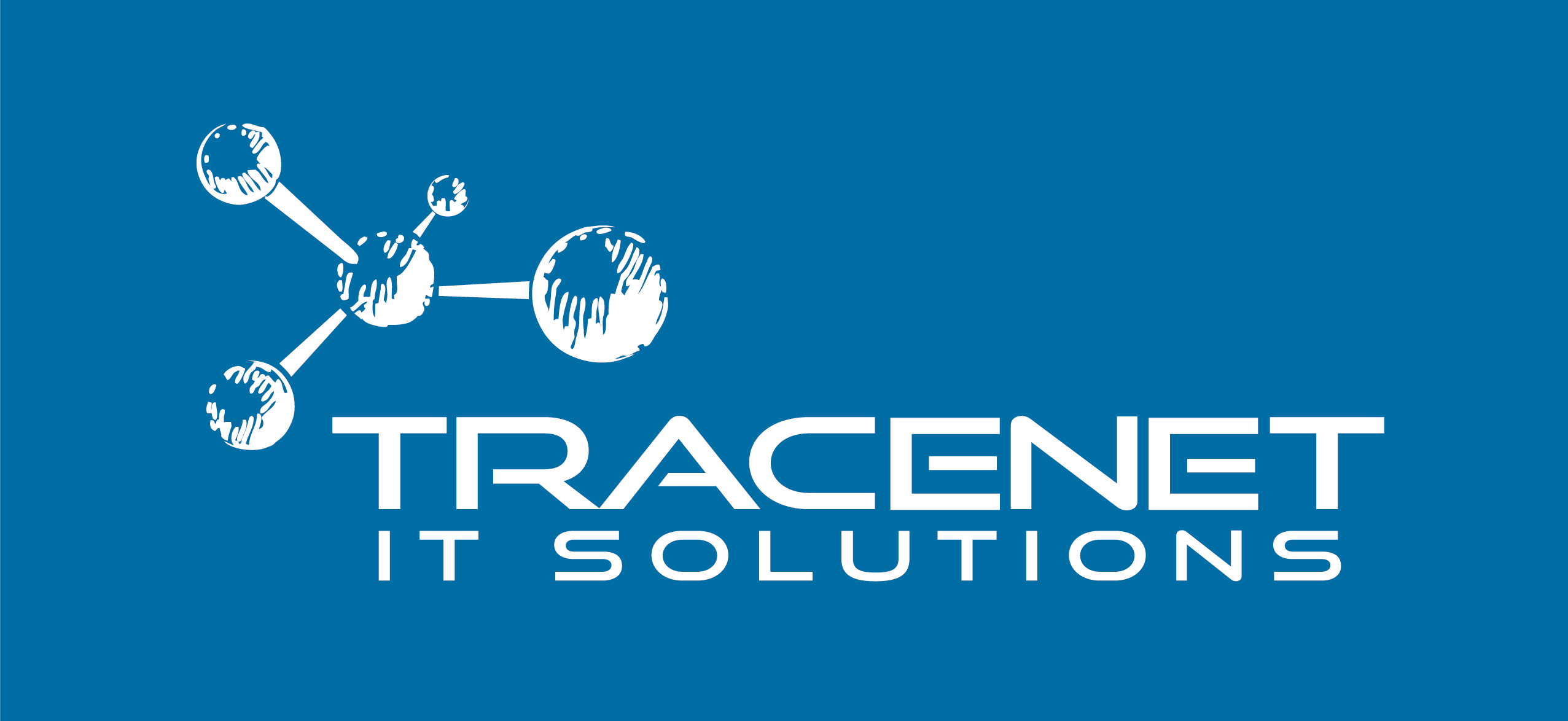A firewall, as the name implies, acts as a “wall of fire”, responsible for controlling network traffic. In other words, it works as a filter that determines which packets are allowed and which should be blocked, based on predefined rules. This is why its connection to network protection is key.
Often considered the main security tool in private networks, the firewall plays an indispensable role in protecting a company’s data. That’s why today we’re going to explore in detail how the firewall and network protection worlds are interconnected and their main functions. Have a good read!
What is network protection?
Also known as network security, network protection is connected to the area of cybersecurity responsible for protecting computer networks and systems from cyber threats and attacks.
This protection involves a series of measures and practices designed to ensure that the data that travels over the network is secure, preventing unauthorized access and avoiding possible breaches.
Network protection encompasses a variety of tools and techniques, such as firewalls, encryption, intrusion detection systems (IDS), and access control practices. Together, these measures form a layer of defense that protects both the integrity and confidentiality of information, ensuring that the company’s network remains resilient in the face of attempted attacks.
In addition to preventing external threats from entering, network protection also focuses on minimizing internal risks, such as improper access by employees or misconfigured systems, which can leave the network vulnerable.
How to use a firewall for network protection?
In order to use a firewall wisely, you need to follow certain security criteria, which are basic for the software to function fully and fulfill its function of protecting the network. Here are our main recommendations:
Proper configuration: the first step is to ensure that the firewall is correctly configured. This involves defining filtering rules that specify which types of traffic are allowed and which should be blocked. The rules should be based on the needs of the network, allowing essential traffic and blocking any suspicious or unauthorized activity.
Regular updates: keeping the firewall up to date is crucial to ensure that it can deal with the latest threats. Software updates often include security improvements and fixes for vulnerabilities that could be exploited by attackers
Continuous monitoring: an efficient firewall must be monitored constantly. This means reviewing activity logs, identifying unusual traffic patterns, and adjusting rules as necessary to respond to new threats. Some firewall solutions offer automatic alerts for suspicious activity, enabling a rapid response.
Integration with other security measures: although the firewall is a powerful tool, it should be part of a broader security strategy. Integrating the firewall with other defense systems, such as intrusion detection systems (IDS), VPNs and antivirus solutions, further strengthens network protection.
Network segmentation: using the firewall to segment the network into different zones is an effective strategy for minimizing risks. Each segment can have customized security rules, limiting the impact of a possible breach and preventing a threat from spreading throughout the network.
By implementing these practices, the firewall can be used effectively to protect the network, keeping data safe and the IT infrastructure reinforced against cyber threats.
What are the main firewall solutions for network protection?
The main firewall solutions for network protection differ in terms of functionality and suitability for different environments and needs. Here are some of the most prominent solutions:
Packet Filtering Firewalls: operate at the network layer and examine the data packets passing through the network. They filter based on predefined rules about IP addresses, ports, and protocols.
Stateful firewalls: keep track of the state of network connections. They not only filter packets based on rules, but also monitor the state of connections, allowing or blocking packets based on the context of the connection.
Web Application Firewalls (WAF): protect web applications by monitoring and filtering HTTP/HTTPS traffic to detect and block attacks such as SQL Injection, Cross-Site Scripting (XSS) and other attacks targeting web applications.
Next-Generation Firewalls (NGFW): combine the functionalities of traditional firewalls with additional features such as deep packet inspection (DPI), application control and intrusion prevention (IPS). They are designed to provide more comprehensive protection adapted to modern threats.
Cloud-based firewalls: these are offered as cloud services and are designed to protect networks and applications operating in cloud computing environments. They can be scalable and flexible, adapting to changing network needs.
Hardware firewalls: these are dedicated physical devices that provide firewall protection for networks. These firewalls are often used in business environments to provide a robust layer of network security.
Software firewalls: software-based solutions that can be installed on operating systems or virtual machines. They offer flexibility and can be adjusted according to the needs of the network.
Endpoint Firewalls: protect individual devices, such as computers and smartphones, from network threats. They are especially important in remote working or BYOD (Bring Your Own Device) environments.
Virtual Network Firewalls: implemented in virtual environments, these firewalls protect virtual networks within virtualization environments such as VMware or Hyper-V, offering security and control over virtualized network traffic.
Considerations when choosing a firewall solution for network protection
When choosing the ideal solution for protecting your network, you need to bear in mind that the firewall must have the power to grow with your network and adapt to changes in traffic load.
In addition, the management interface must be intuitive and offer adequate configuration and monitoring features.
Also check that the option you decide is able to integrate well with other existing security tools and systems. Check the impact on network performance and whether the solution meets bandwidth and latency requirements.
Don’t forget to analyze the total cost of ownership, including licensing, maintenance and possible support costs. Each type of firewall has its advantages and disadvantages, and the choice should be based on the specific needs of the network and the organization’s security objectives.



